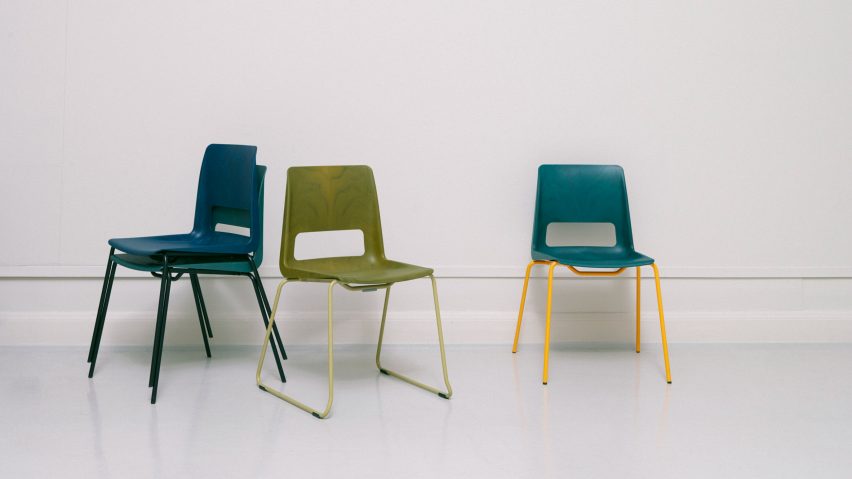
Norwegian designers point the way towards a circular economy
"More stuff will not make us happier," say the designers and brands behind this year's Norwegian Presence showcase, who are calling for an industry-wide shift towards recycled and recyclable objects.
The Norwegian Presence 2020 exhibition is centred around the idea of the circular economy, an economic system that minimises use of natural resources and designs out waste and pollution.
The show, which has launched online due to the cancellation of last week's Milan design week, "is a reaction against the glamour that has dominated the design field," say curators Benedicte Sunde and Marit Justine Haugen.
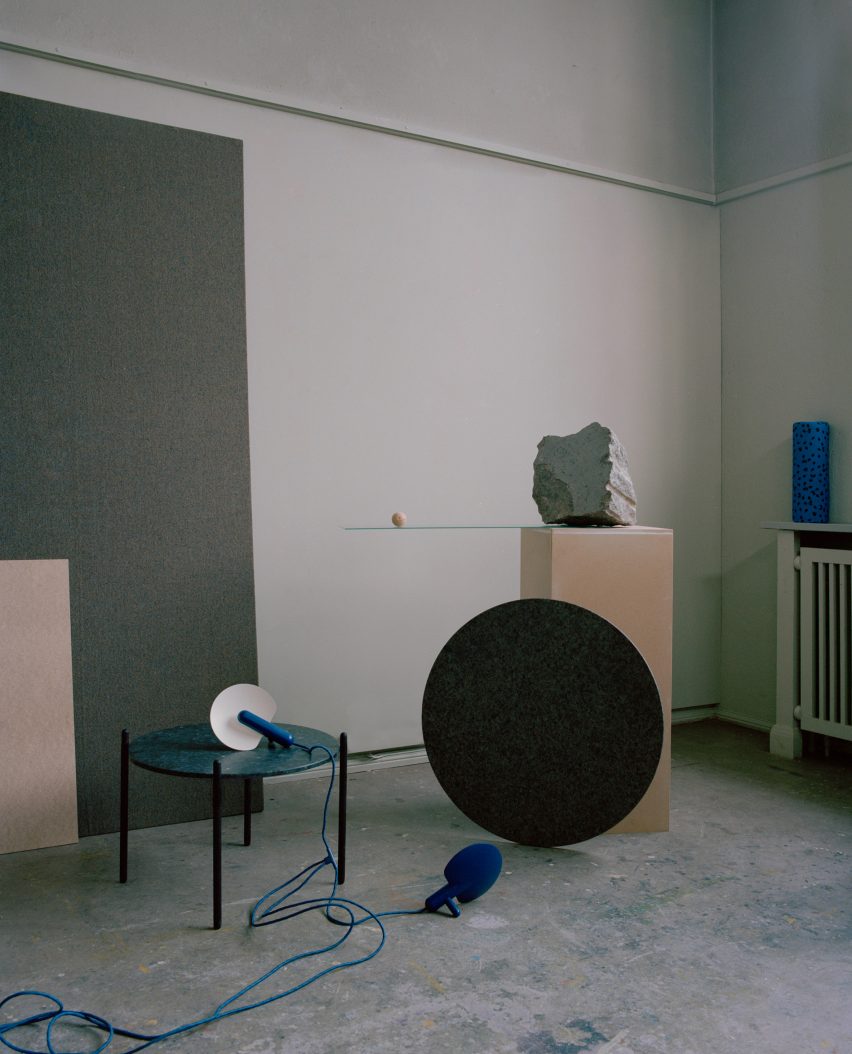
"The party is over," said Haugen, who argues that designers need to lead the push towards a circular economy. "We are undergoing economic and social change; the status quo is not enough."
"We have enough things," she continued. "The task is to create something meaningful with less – with few, local and recycled materials, with less CO2 emissions, and with design that solves more challenges or promotes innovation."
Green shift leading the way
Sunde and Haugen have gathered 10 designers and seven brands from across Norway, who have all adopted circular design principles.
Sustainability doesn't have to mean compromise, they propose. Through responsible use of materials and processes, it is possible to create objects with more meaning, as a counter to today's throwaway culture.
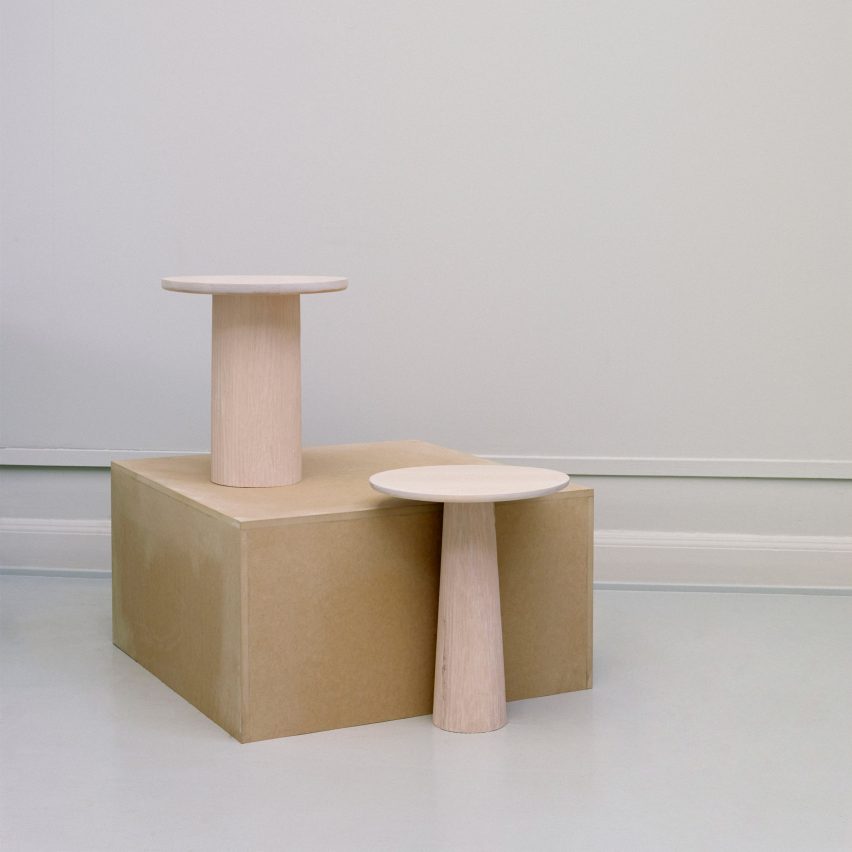
"Norwegian Presence is a reaction against the glamour that has dominated the design field," explained Sunde.
"The green shift is leading to a new way of thinking in all levels of society," she said. "We are becoming more conscious."
Many of the designers in the show have created products using natural materials in a raw state, meaning they are not only sustainable to produce, but they will be easy to recycle in the future.
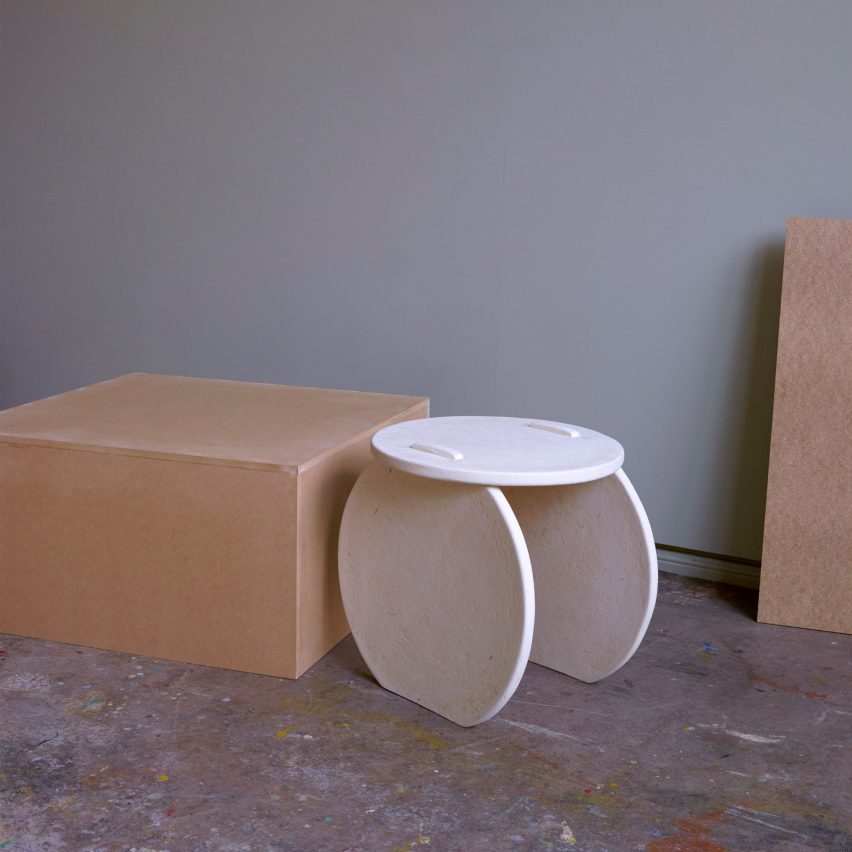
Vilde Hagelund has created more than 60 objects using birch wood, revealing the versatility of the material, while Poppy Lawman has produced a chair using compressed spruce paper pulp, which can be coloured with rosehip ink.
"With the circular economy, we can still be making objects," Lawman told Dezeen, "just not creating more waste and more problems."
Doing more with aluminium
Several pieces in the show are made from aluminium, a material that is infinitely recyclable and can be done so more easily than any other metal. Although it is not as strong as steel, it can still offer a lot of potential, according to the designers.
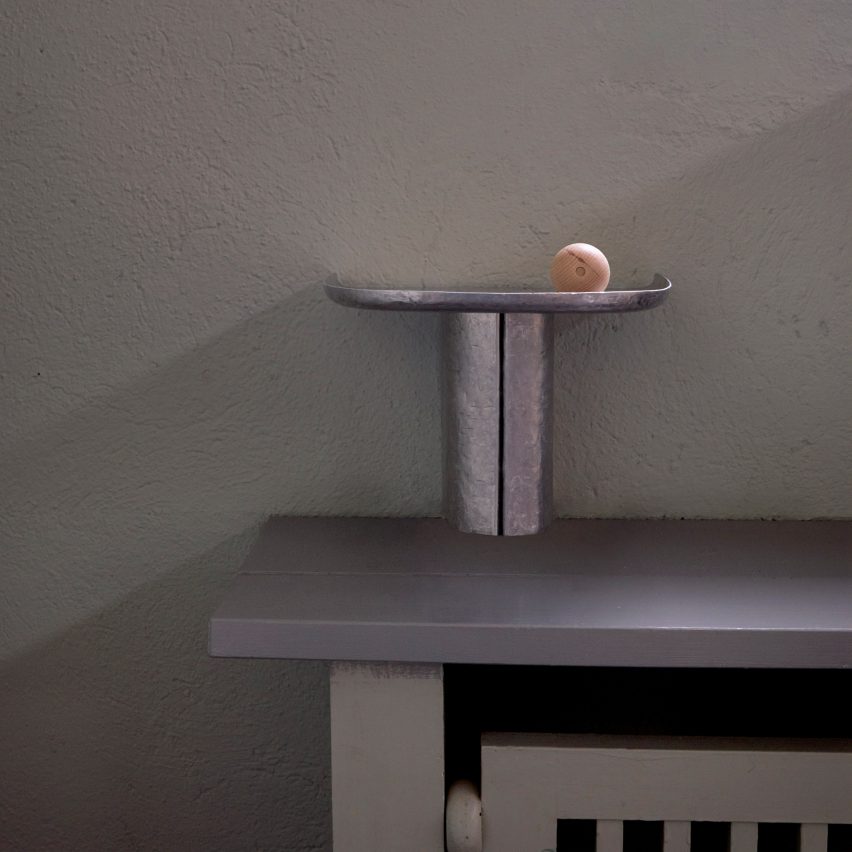
Andreas Bergsaker has designed a shelf made from a single sheet of aluminium, while Sofie&Tiange has paired recycled aluminium with ash wood, to create a modular, adaptable shelving system that requires no screws or nails.
Ali Shah Gallefoss cast the metal with stone offcuts from Norway's Lundhs quarry, creating a series of sculptural objects.
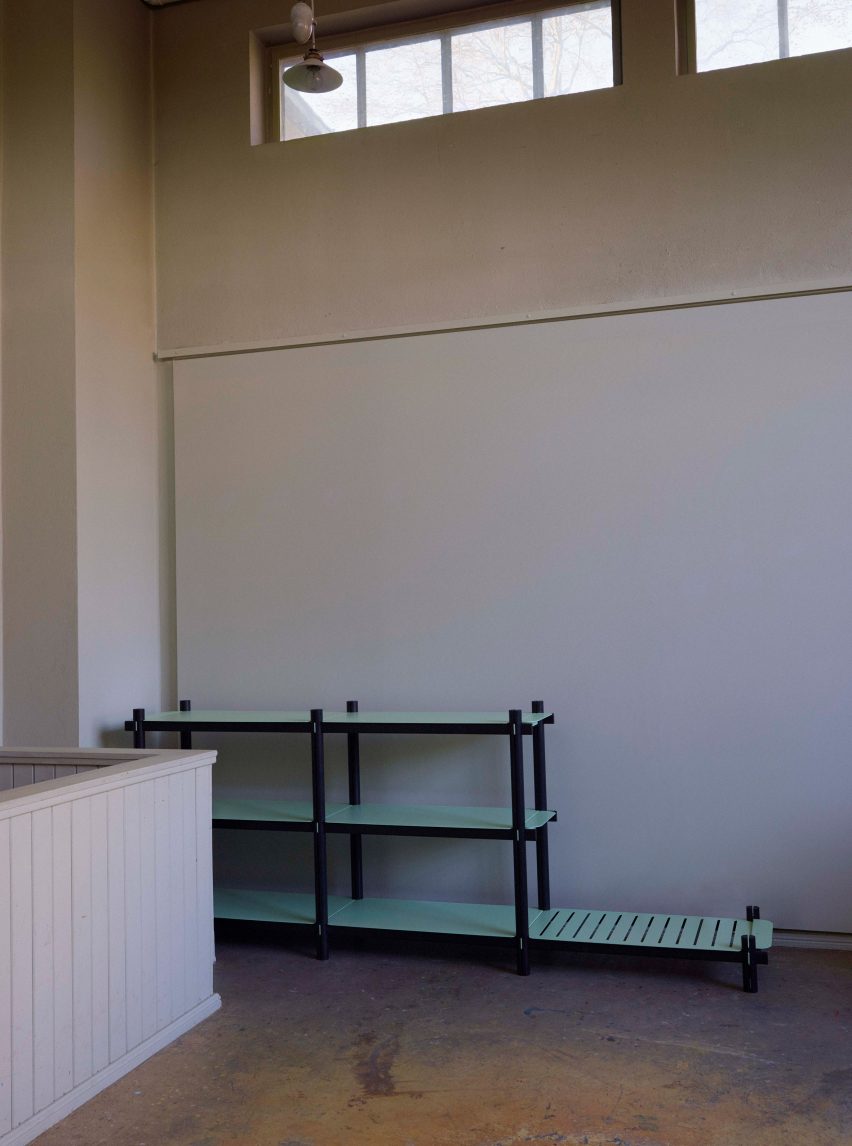
"The answer is not to shut down production; the answer is to produce better" said Hilde Haugen Kallevig, head of brand and marketing for aluminium manufacturer Hydro, which provided the materials for these designs.
"Designers need to understand the whole value chain, to understand how things can be designed in order to make them easier to recycle," she said.
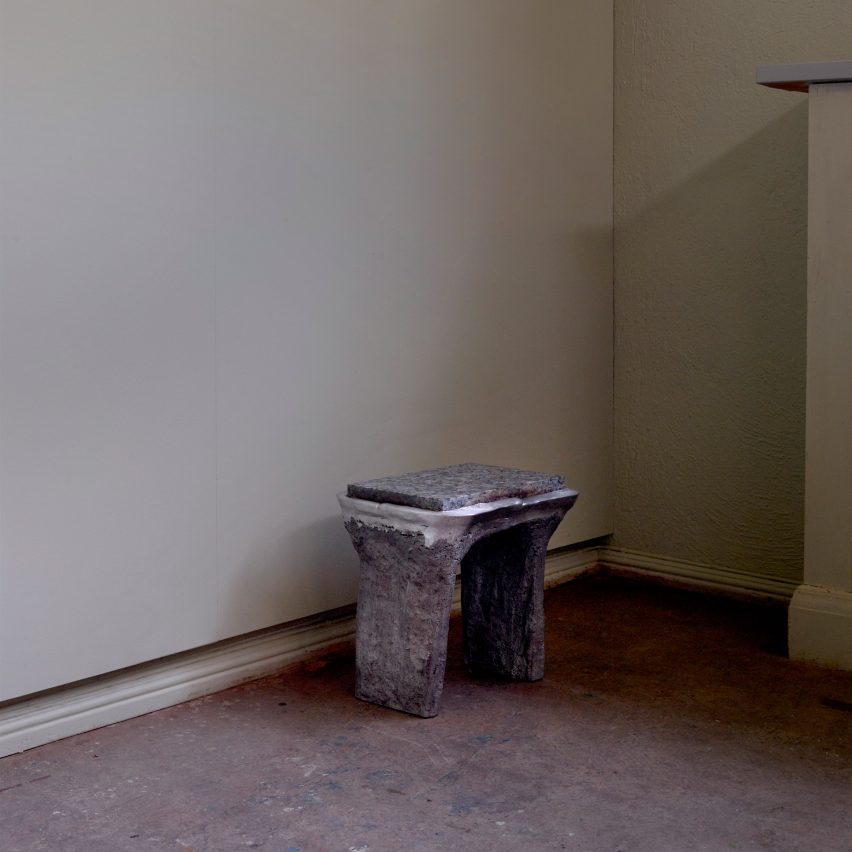
Hydro uses recycled aluminium to produce some of its products, while new aluminium is manufactured using renewable energy sources. The brand has also introduced a labelling system, to make its production processes more transparent.
Designers and brands working together
Sunde points out that circular design is only possible when both brands and designers are on board. "We have to be just as insistent on the environmental issues when it comes to the manufacturers," she said.
Other brands participating include NCP, which produces the Snøhetta-designed S-1500 chair out of old fishing nets, and Vestre, an outdoor furniture company that has become a key player in promoting the circular economy.
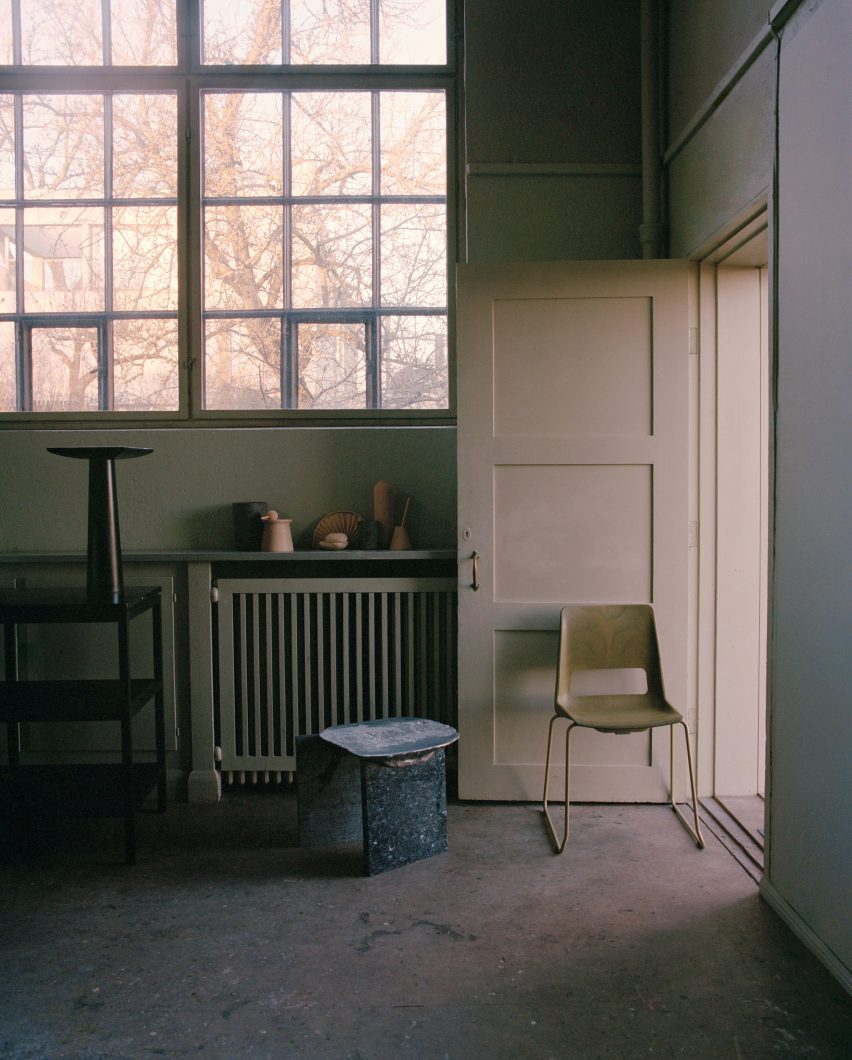
Vestre supplies replacement parts for all its products, even those no longer in production, so that they can easily repaired in the future.
The company is also exploring the possibilities of furniture as a service. Rather than selling products, it would lease them out to customers. Then, at the end of their life, they could be returned and recycled.
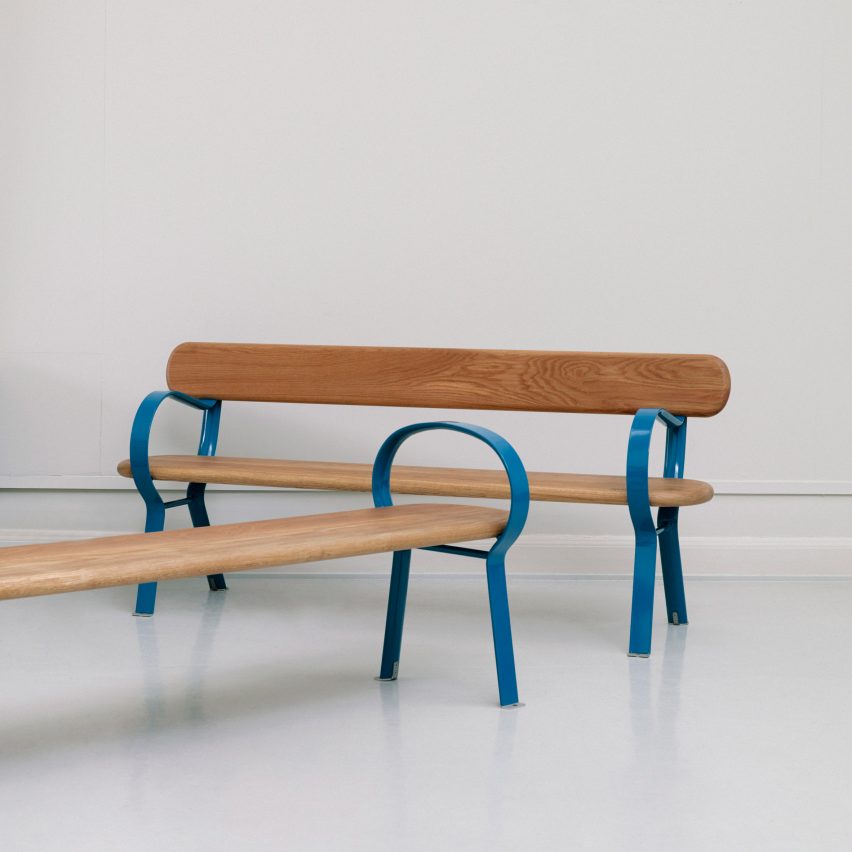
"We have the vision that all of our products can have an eternal life," said Øyvind Bjørnstad, Vestre's head of strategy and sustainability.
"We always specify this in the brief for new product designs, to try to put it in the minds of the designers from the beginning."
Coronavirus shutdown as springboard for change
Norwegian Presence is staged by Design and Architecture Norway (DOGA), a government-funded architecture and design centre in Oslo, to promote the work of Norwegian creatives abroad.
The exhibition is usually presented during the design week in Milan. But as a result of the coronavirus shutdown in Italy, among other countries, the physical exhibition was cancelled.
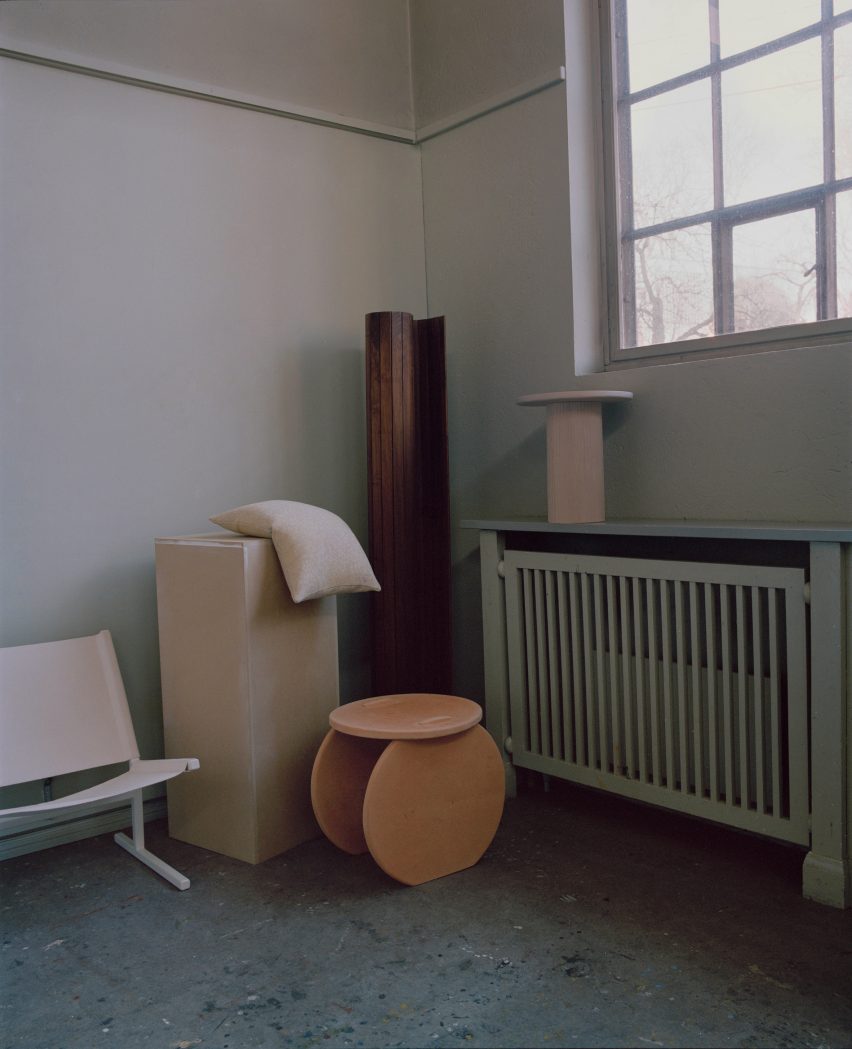
Norwegian Presence has instead launched digitally, on the website and through Instagram, with a bespoke visual identity by Bielke&Yang. Photos show the products on show inside Edvard Munch's studio at Ekely, while interviews are set to be released in the coming weeks.
This follows a similar model as Dezeen's Virtual Design Festival, which champions design through digital rather than physical content.
For Sunde, this approach is in some ways more in keeping with the circular message behind the show. She suggests that the shutdown could lead to an entirely new way for the design industry to operate, with less international travel for products and people.
"If international trade breaks down as a result of the shutdown, we need to restructure how we trade," she told Dezeen.
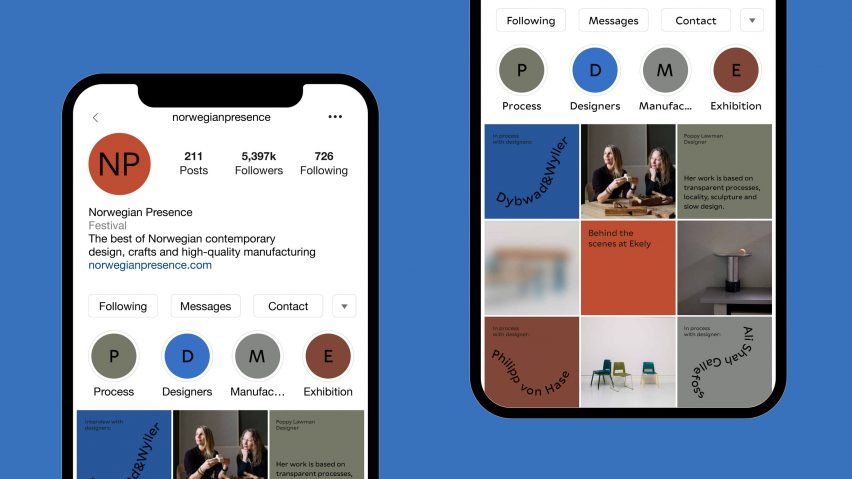
"In the future, we can focus instead on the export of ideas, not materials or stuff," she suggested. "Designers can share sustainable methods and the like for a fee," she continued.
"The future is unforeseeable at the moment, but thinking sustainable is here to stay so we have to find a way to find solutions for the future together. Now is the time to collaborate and use design thinking to mark out our common future."
Photography is by Lasse Fløde.